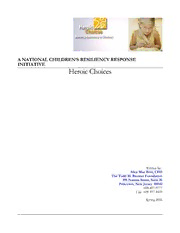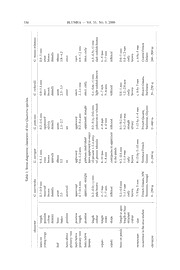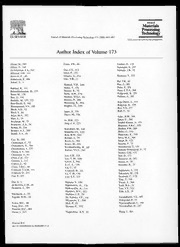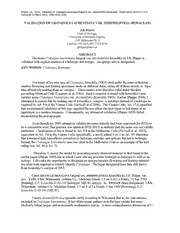
Validation of Crataegus laurentiana Sargent var. dissimilifolia (Rosaceae) PDF
Preview Validation of Crataegus laurentiana Sargent var. dissimilifolia (Rosaceae)
aSargent var. dissimilifolia (Rosaceae). Phytoneuron 2013-17: 1-2. VAR VALIDATION OF CRATAEGUS LAURENT!ANA DISSIMILIFOLIA (ROSACEAE) Phipps J.B. Dept of Biology, University of Western Ontario, N Richmond 1141 St. ONN6A CANADA London, 5B7 ABSTRACT The name Crataegus laurentiana Sargent var. dissimilifolia Kruschke ex J.B. Phipps is An validated with explicit citation of a holotype and isotype. epitype also designated. is KEY WORDS: Crataegus, Rosaceae For many of his new taxa of Crataegus, Kruschke (1965) cited under the same collection number flowering and fruiting specimens made on different dates, citing all of them merely as "type' thus effectively treating them as 'cotypes.' These names were therefore valid under the then prevailing Montreal Code (Lanjouw et ai. 1961). Such a situation is found with Kruschke's new name varietal Crataegus laurentiana var. dissimilifolia (Kruschke 1965). Earlier (Phipps 2009), I attempted to conect this by making one of Kruschke's 'cotypes' a lectotype instead of a holotype as required by Art. 9.8 of the Vienna Code (McNeill et al 2006). The Vienna Code, Art. 37.6, specified that an attempted validation of this type required the use either the term typus or holotypus or an my modern equivalent in a language. Consequently, attempted validation (Phipps 2009) failed, necessitating the present paper. my Even though 2009 attempt to validate the name initially had been construed (by IPN1) to be a correctable error, that position was updated (IPNI 2012) to indicate that the name was not validly & published. Clarification of this is found in Art. 9.9 in the Melbourne Code (McNeill al. 2012), equivalent to Art. 9.8 in the Vienna Code; specifically, a newly added Note 6 to Art. 9.9 illustrates that a misused type term allows correction to lectotype, neotype, and epitype, but not to holotype. Indeed, the Crataegus laurentiana case was cited in the Melbourne Code as an example of the new ruling (see Art. 40.6. Ex. 5). Therefore, I correct the matter by presenting nearly identical material to that found in the now my w earlier paper (Phipps 2009) but in wiiieh I cite previous lectotype as holotype as ?ell as an isotype. I also take the opportunity to designate an epitype because flowering and fruiting material are often both required to reliably identity Crataegus. The types designated here thus derive still from Kruschke's cotypes of 1965. CRATAEGUS LAURENTIANA Sargent var. DISSIMILIFOLIA Kruschke ex J.B. Phipps, var. nov. TYPE: USA. Wisconsin. Ashline Co. Madeline Island, 1.5 mi S of LaPointe, 11 Sep 1950 : [fruiting]. E.P. Kruschke E-49- 145 (holotype: M1LW; isotype: A). EPITYPE (here designated): USA. Wisconsin. Ashline Co.: Madeline Island, 1.5 mi S of La Pointe, 3 Jun 1949 [flowering], E.P. Kruschke E-49-145 (MILW). Variety dissimilifolia is a sporadic entity occurring in Wisconsin that is, for convenience, included in Crataegus laurentiana. It has white/cream anthers as in the type variety but more A shallowly lobed, larger, and more nearly isodiametric leaves. more comprehensive discussion of C. 2 Crataegus /aurentianaSargentvar. dissimi/ifvfta laurentiana will be found in the forthcoming treatment of Crataegus in Flora of North America North of Mexico, Vol. 9. ACKOWLEDGEMENT Kanchi Gandhi, Harvard University Herbaria, is thanked for identifying this problem and for suggesting fuller documentation of International Code of Botanical Nomenclature points. LITERATURE CITED IPNI. 2012. International Plant Names Index. Published on the internet (http//www.ipni.org). Kruschke, E.P. 1965. Contributions to the taxonomy of Crataegus. Milwaukee Public Museum Publications in Botany 3: 11-273. Lanjouw, J, et al. (eds.). 1961. International Code of Botanical Nomenclature (Montreal code), h mC, adopted by 9' Montreal, 1959. Regnum Vegetabile 23. McNeill, J. et al. (eds.). 2006. International Code of Botanical Nomenclature (Vienna code), adopted by 17th IBC, Vienna, 2005. Regnum Vegetabile 146. McNeill, J. et al. (eds.). 2012. International Code of Botanical Nomenclature (Melbourne code), adopted by 18th IBC, Melbourne, 201 Regnum Vegetabile 154. 1. Phipps, J.B. 2009. Miscellaneous typifications, one new series, and one new varietal combination in Crataegus (Rosaceae). J. Bot. Res. Inst. Texas. 3: 239-243.
The list of books you might like

Haunting Adeline

The 5 Second Rule: Transform your Life, Work, and Confidence with Everyday Courage

The 48 Laws of Power

The Strength In Our Scars
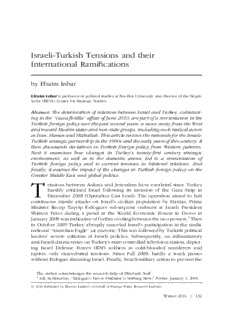
Israeli-Turkish Tensions and their International Ramifications

The Management of Consumer Credit: Theory and Practice
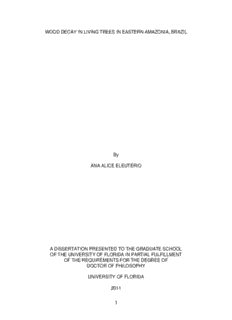
By ANA ALICE ELEUTÉRIO
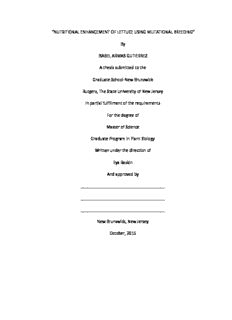
By ISABEL ARMAS GUTIERREZ A thesis submitted to the Graduate

By Irina Kossovskaia, MD, PhD, DNM
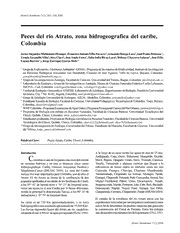
Peces del río Atrato, zona hidrogeografica del caribe, Colombia

Relationship Marketing: Strategy and Implementation (The Chartered Institute of Marketing series)

Capitalizing on Content: A Compelling ROI for Change - AIIM

Up Time Newsletter Volume 01 Number 07
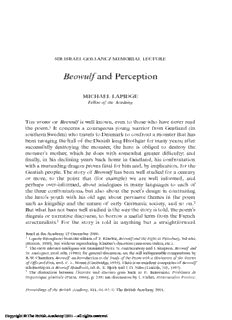
by Michael Lapidge
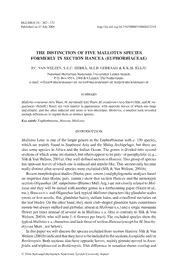
The distinction of five Mallotus species formerly in section Hancea (Euphorbiaceae)
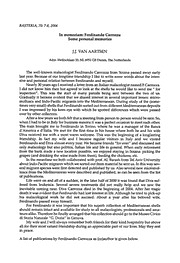
In memoriam: Ferdinando Carrozza. Some personal memories

Objektorientierte Programmierung mit JavaScript: Direktstart für Einsteiger
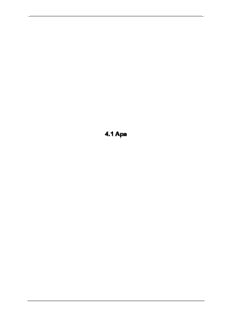
Capitolul 4.1 Apa
![Carillon, [Spring 2006] book image](https://cdn.pdfdrive.to/media/content/thumbnails/4a9d8608-f5cb-4569-86da-81adbdb75f38.webp)
Carillon, [Spring 2006]

